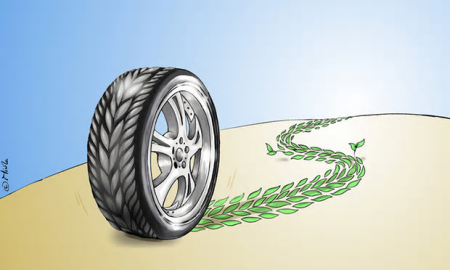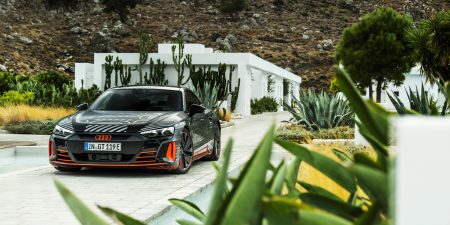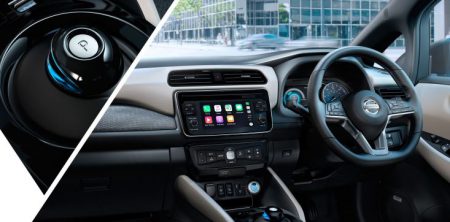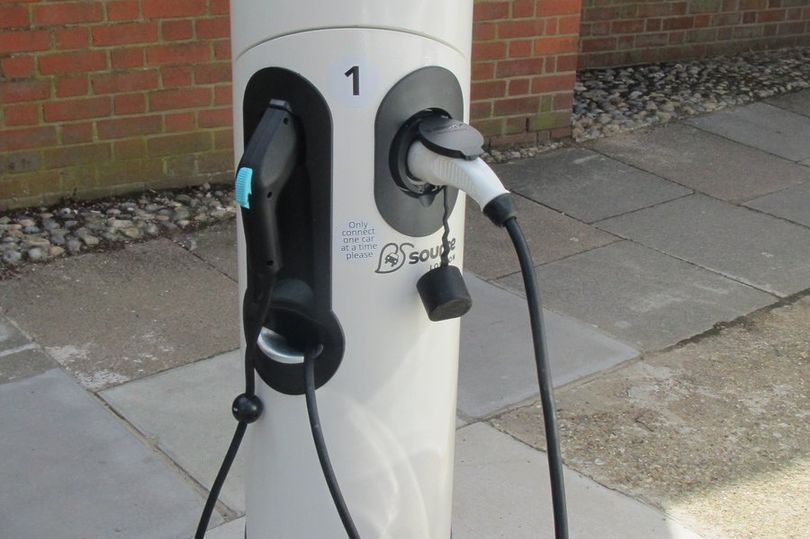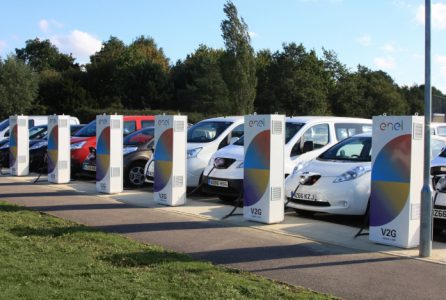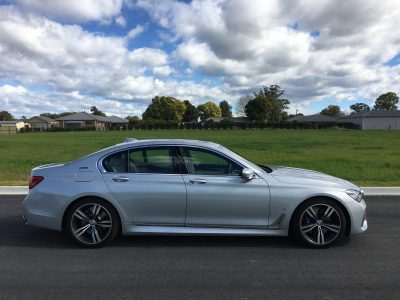Mr. Bean loves cars.
Over the weekend, the respected British comedian Rowan Atkinson, famous for his portrayal of a clueless social misfit in his eponymous British series, wrote about “feeling duped” for buying an electric car.
“Our honeymoon with electric cars is coming to an end,” he lamented in an opinion piece in the Guardian. “Sadly, keeping your old petrol car may be better than buying an EV.”
I can see why Mr. Bean might suggest that. I’ve been driving a 2010 Honda Fit for quite a while, and I’m sure it will keep chugging well after my odometer’s recent lap of the 100,000-mile mark.
But Atkinson, who says he has a “lifelong passion for the motorcar” and an undergraduate degree in electrical engineering, argues that people should consider keeping their internal combustion engines as long as possible, while we develop hydrogen and synthetic fuel alternatives.
On one front, Atkinson is right. EVs are not perfect. The industry, for example, has a lot of room to improve on how it sources battery materials, whose mining has ravaged communities and ecosystems around the world. Prices are high. Charging infrastructure is spotty. Supplies are tight. He points out some real problems in the current market.
But based on what we know about emissions and automobile engineering, EVs are the better choice for millions of people right now.
Read more: WashingtonPost
It’s Time to Go Green!
If you would like to know more about Solar Panels and the PowerBanx range of home battery systems, and get a free instant quote, please complete our online form:


